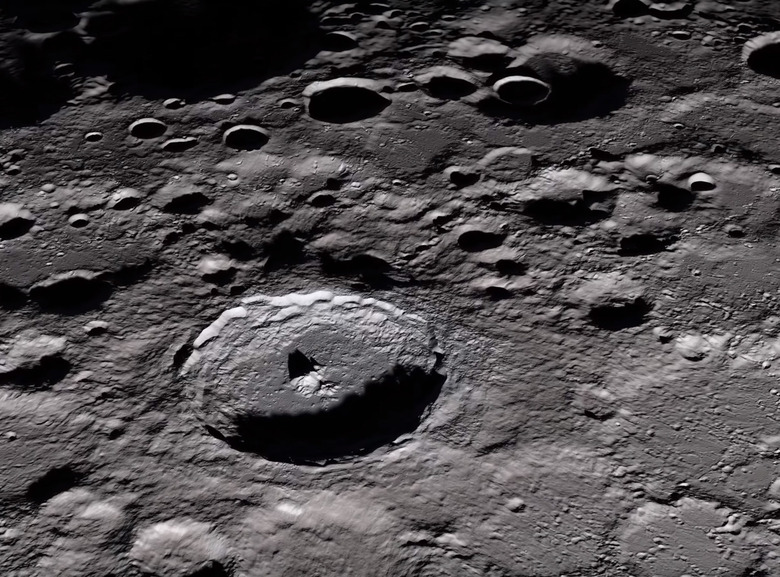The 'Wolf Moon' Is Coming Tonight, So Don't Miss It
- If you need a reason to stay up slightly past your bedtime, tonight will offer you the first glimpse of January's "Wolf Moon."
- The Wolf Moon is the first full moon of the year, and the second of winter as a whole.
- There has been some debate over where the name "Wolf Moon" comes from, but most agree that it's Native American in origin.
It's chilly in many areas of the United States right now, but that shouldn't stop you from catching a glimpse of the first big skywatching event of 2021. As is often the case when a full moon rolls around, January's Wolf Moon is sure to be a sight to see, and it starts tonight.
The full moon, which is really only truly "full" for a fraction of a second, will appear full starting tonight and will likely also appear full tomorrow night. In any case, it's a fun reason to get outside in the cool, crisp air and gaze skyward. That is, as long as the weather is cooperating in your neck of the woods.
As the always excellent EarthSky reports, the Wolf Moon will be truly full at approximately 2:16 p.m. EST on January 28th, which is tomorrow. However, because of the distance between the Moon and Earth, and because the human eye isn't all that great at such distances, the Moon will appear full to the naked eye.
As with just about every full moon nickname, the Wolf Moon's moniker is thought to have originated in Native American culture. In fact, there are a few other names for the January full moon, including the "Bear-Hunting Moon" and even "Sun Has Not Strength To Thaw." The nicknames are, of course, descriptive of the climate as well as various activities that may have been happening at the time.
As for when to gaze at the heavens for your shot at seeing the Wolf Moon in all its glory, EarthSky explains:
For us in the Northern Hemisphere – where the sun is continuing its low arc across the daytime sky (albeit getting higher day by day) – the January full moon rides high in the sky. It mimics the path of a summer sun. If you're in this hemisphere, watch for the high January full moon especially around midnight (midway between your local sunset and sunrise). It'll be like a noontime summer sun. North of the Arctic Circle, this full moon stays out 24 hours around the clock, like the midnight sun of summer.
So, if you've got nothing else to do tonight, it might be worth staying up and seeing the first full moon of 2021. It'll surely be a neat sight and, as long as the weather cooperates, you'll definitely be glad you did. If you hear any howling, head back inside.
